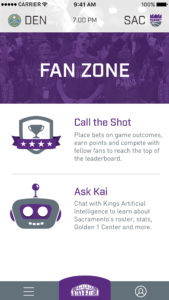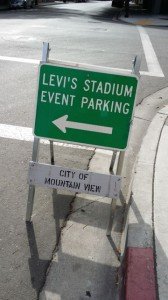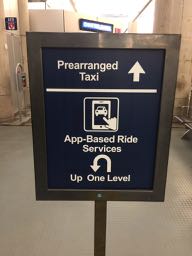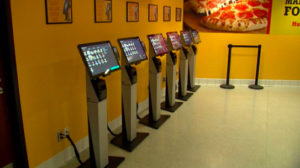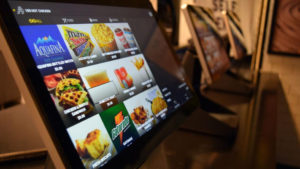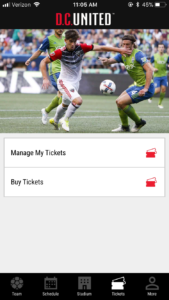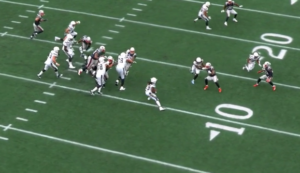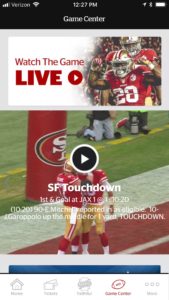Started in 2007 as a company with tools to help enterprise businesses move operations to the cloud, Built.io made a splash in the sports scene when it was chosen as the base technology for the stadium and team apps for the Sacramento Kings and their tech-centered new stadium, Golden 1 Center. Built.io subsequently announced a separate business focused on sports operations, and signed the Miami Heat as its second client.
Publicly, Built.io has not announced any new sports customers since last year, and founder and former CEO Neha Sampat has shifted duties somewhat to another company that was part of a sort of conglomerate inside Built.io, a bit of a confusing situation that was cleared up with this message from a Built.io spokesperson late Friday:
Before its acquisition today, Built.io was the best known of the brands under the umbrella of a company called Raw Engineering, which also comprised the sports business and a company named Contentstack. Neha Sampat is still very much involved with Raw Engineering as president, and with Contentstack as CEO. Until recently, these three businesses – Raw Engineering, Built.io and Contentstack – all operated as one company, Raw Engineering, which was doing business as Built.io because that was the best known brand. In 2017, the decision was made to split the organization, in part to differentiate the sports offering and not have it be continuously confused with the things that Built.io was really known for, which is the enterprise integration platform. That platform [Built.io] was the business that Software AG acquired today.
According to the company spokesperson, the sports app business is still alive and well, so we will keep an eye out for more news from that standpoint.
